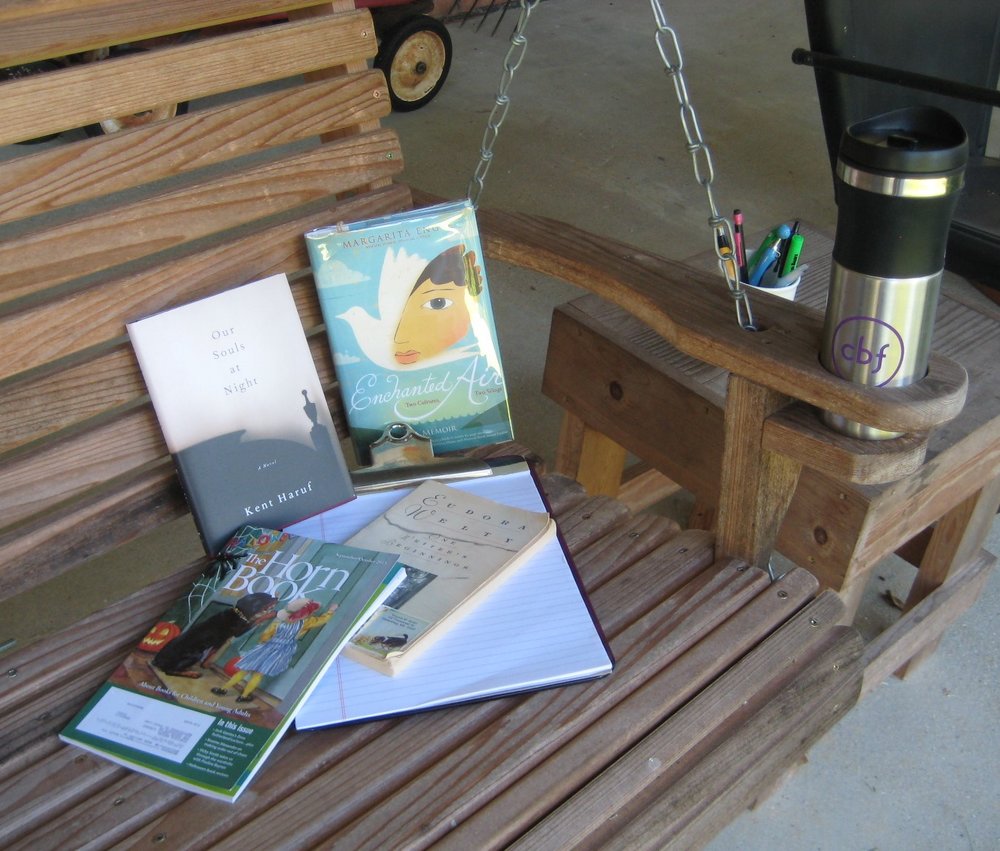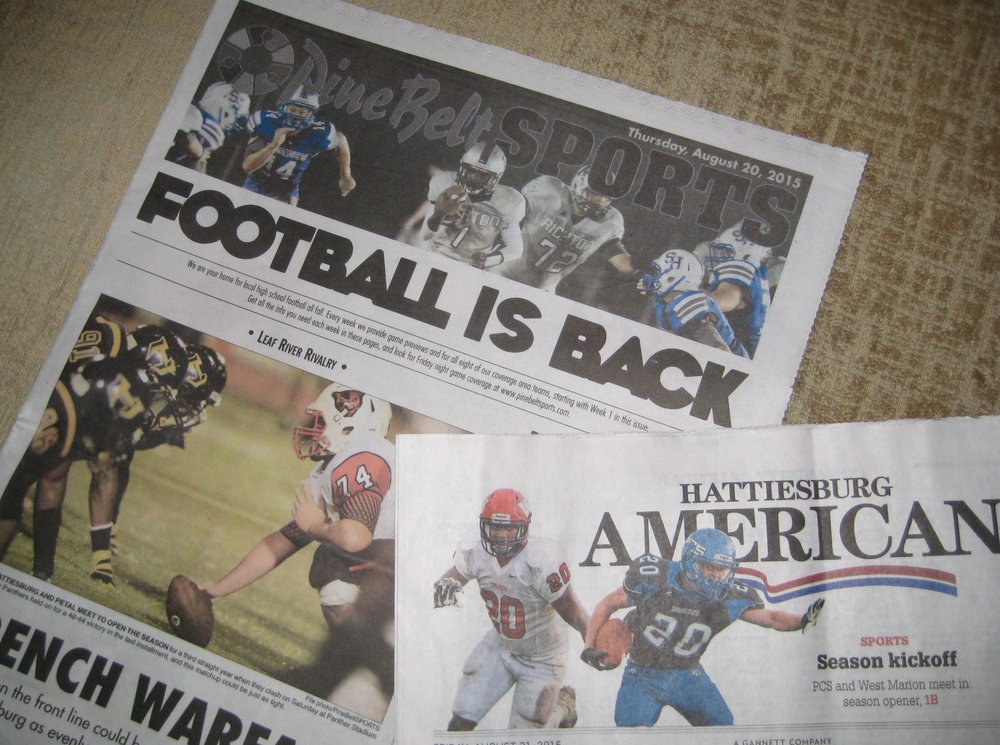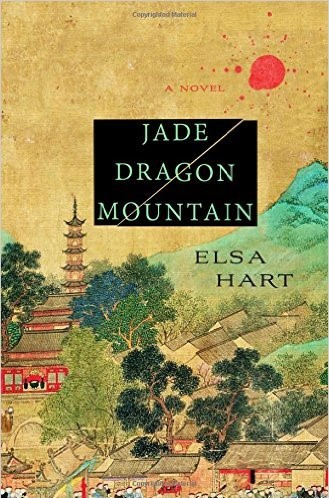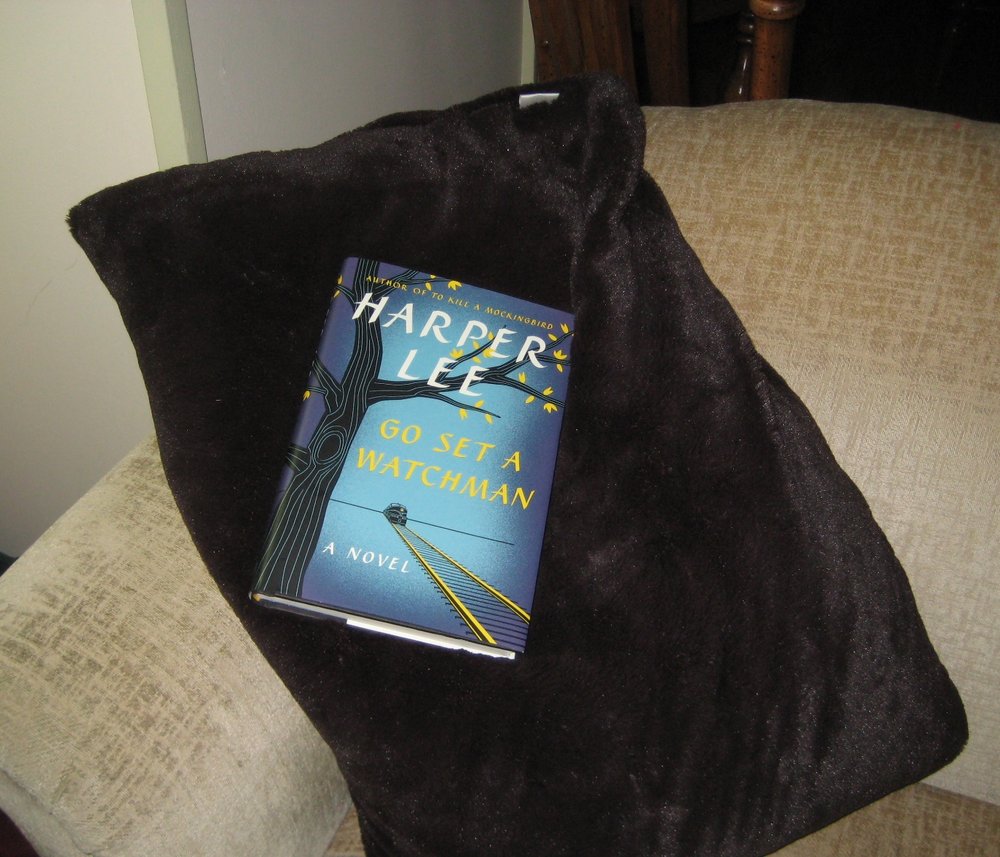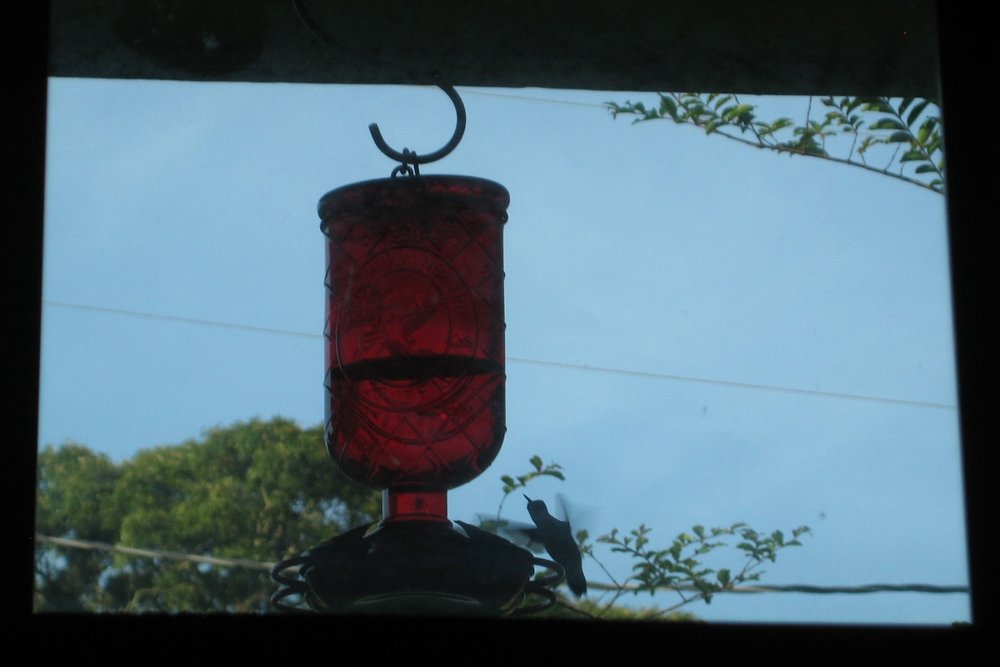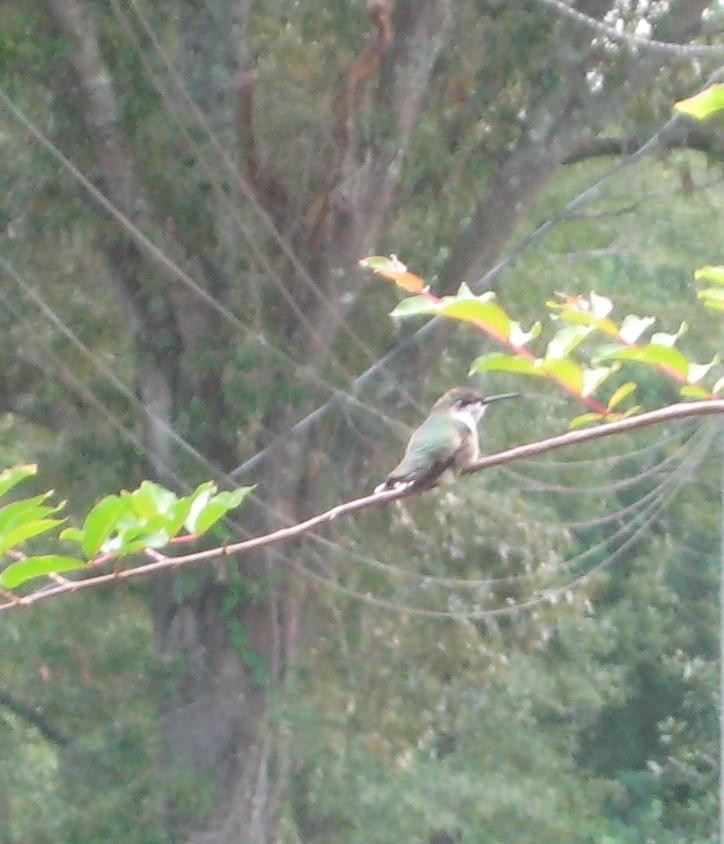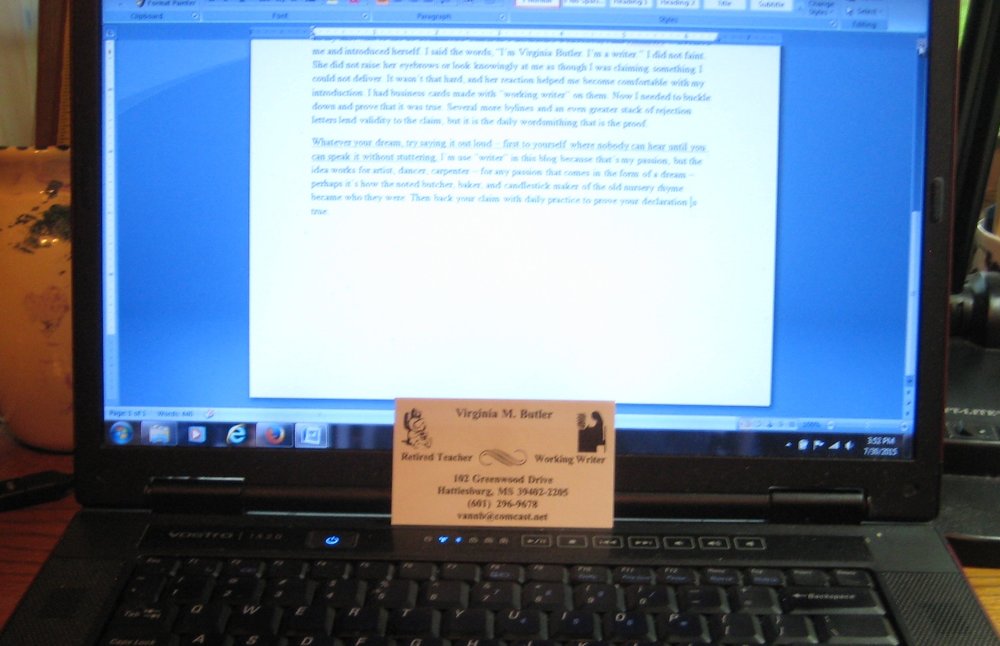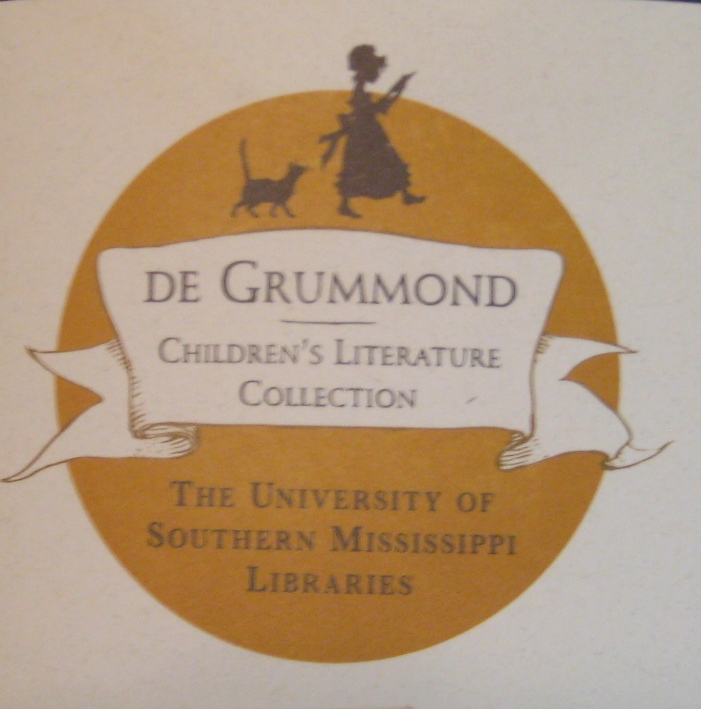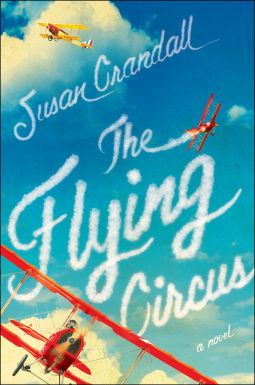 Pigtails first bonded me to writer Margarita Engle when she posted her childhood picture on Facebook, though there was a small difference. She hated hers that tamed her unruly curly hair, while I loved mine that stopped Mama from trying to perm my board-straight hair. Reading her memoir, Enchanted Air, brought new connections – skipping a grade in school, attachment to a great-grandmother, experimenting with family cow-milking, and being too young, too shy, and too bookwormish for junior high.
Pigtails first bonded me to writer Margarita Engle when she posted her childhood picture on Facebook, though there was a small difference. She hated hers that tamed her unruly curly hair, while I loved mine that stopped Mama from trying to perm my board-straight hair. Reading her memoir, Enchanted Air, brought new connections – skipping a grade in school, attachment to a great-grandmother, experimenting with family cow-milking, and being too young, too shy, and too bookwormish for junior high.
She speaks for both of us:
Now there is only one place where I can,
truly belong, this endless stack
of blank pages in my mind,
an empty world
where I scribble. (I might add “or full pages I might read.”)
While I found a mirror in the book, I also found a window into the world of her first fourteen years, quite different from the North Mississippi hills where I grew up. The first page “love at first sight” story of her American father and Cuban mother, communicating without words, is worth the price of the book. She follows with life in Los Angeles, punctuated with visits to relatives in her mother’s native Cuba. Her free verse follows emotions of joy and gladness to heartbreak as that border closes, removing the contact with half her family as she makes the last childhood visit in 1960.
How long will it be
until the two countries I love
forgive each other and move on . . .
In light of current news, the book is timely and puts a human face on national quarrels where politics run amok far too often.
Knowing from past readings of Margarita’s books that there would be special quotes I would want to  share with my blog readers, I kept my notepad handy to jot down page numbers. You can see there are far too many for one blog!
share with my blog readers, I kept my notepad handy to jot down page numbers. You can see there are far too many for one blog!
I think it’s not a spoiler to end with one from her last poem called “Hope.”
An almost war
Can’t last
Forever.
Someday, surely I’ll be free
To return to the island of my childhood
Dreams.
I hope to hear soon that Margarita has done just that.


